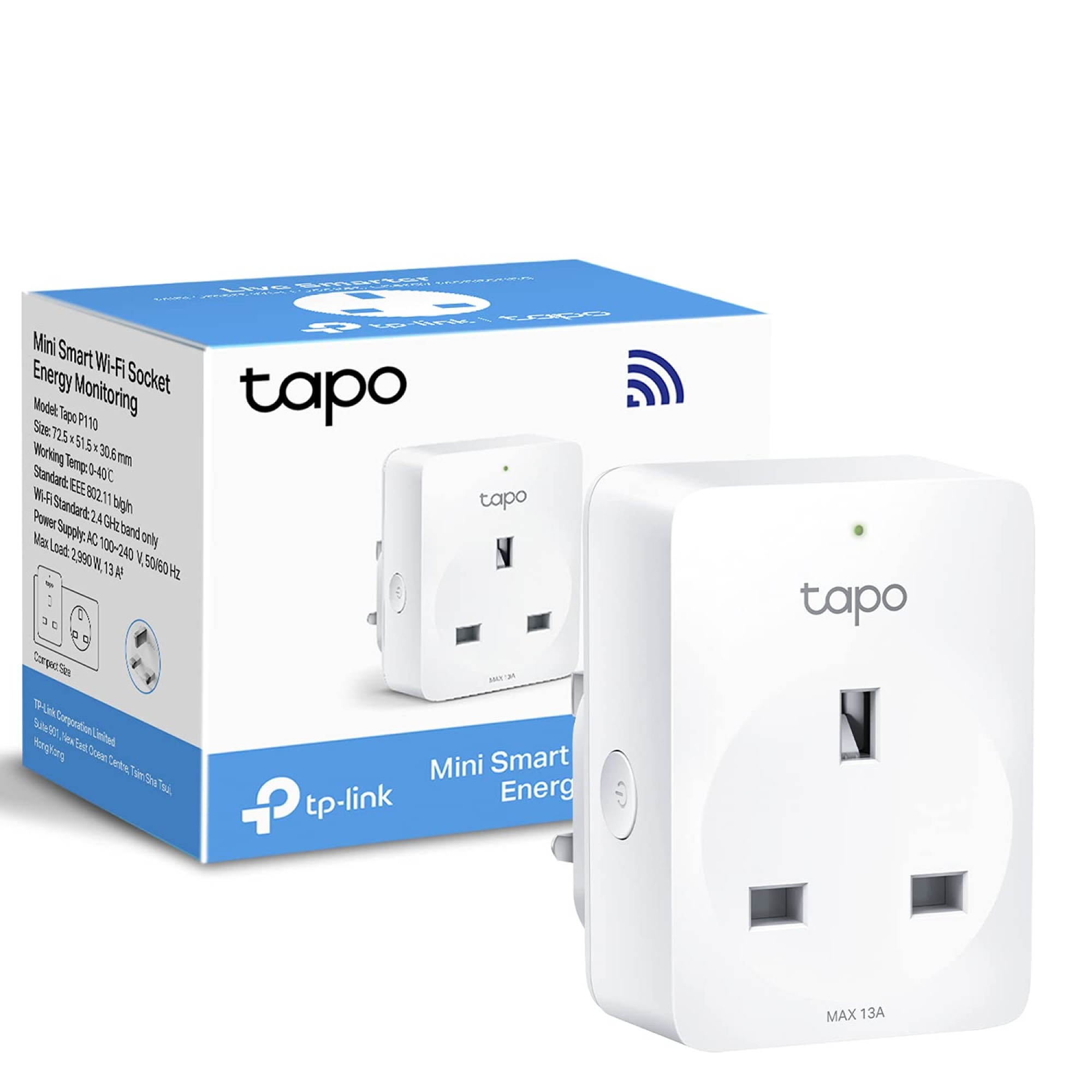The 5 home appliances you should never leave on standby if you want to avoid high energy bills
Don’t leave these 5 appliances on standby if you don’t want to pay the high price


Did you know that some home appliances, if left plugged in, can still consume electricity even if they’re not switched on and in use? Well, they can. But some are more guilty of this than others - and we rounded up the top 5 appliances not to leave on standby because they are the worst offenders when it comes to passive energy consumption.
In other words, standby means leaving appliances plugged in with the socket left turned on. And avoiding doing this across the board just to be safe is one of the best ways how to save energy at home.
As we find ourselves in the midst of an ongoing cost of living crisis, lowering our spendings and bills wherever possible is certainly a priority. So to avoid increasing your energy bill for no reason really, these are the 5 home appliances that you should never leave on standby.

Appliances you shouldn’t leave on standby
Despite the energy price cap dropping from this month by 12% which means energy bills are set to be lowered, energy prices are still much higher than prior to the cost of living crisis. So a constant flow of electricity into home appliances when we don’t use them yet we pay for is not sustainable.
Leaving certain appliances on standby can cost up to extra £150 annually which could make you wonder why your electricity bill is so high. So just by unplugging these items or switching off the plug, you could be saving yourself that very amount of money.
But in reality, because many households won’t have all of the below appliances ‘the average household spends £50 to £86 every year on electricity for devices in standby mode, according to the Energy Saving Trust,’ says Nick Bunce, AO’s TV and gaming expert.

‘Devices that go on standby require a continuous trickle of power to maintain their standby functions, and although this trickle may be small, it adds up significantly over time,’ says Mitchell Wray from National Insulation Supplies. ‘However, other household appliances like kettles or toasters only use a burst of energy to complete a task, meaning they don’t consume any energy while they are not in use.’
Sign up to our newsletter for style inspiration, real homes, project and garden advice and shopping know-how
This need for energy is usually due to background functions that require constant supply of electricity to keep running. But similarly to toasters and kettles, washing machines are also fine to leave on standby. ‘Washing machines have much lower standby power consumption because they don't need those background functions. They're either completely off or using a significant amount of energy to complete their main task,’ Mitchell explains.
On the other hand, these 5 appliances should never be left plugged in if not actively in use.
1. The TV
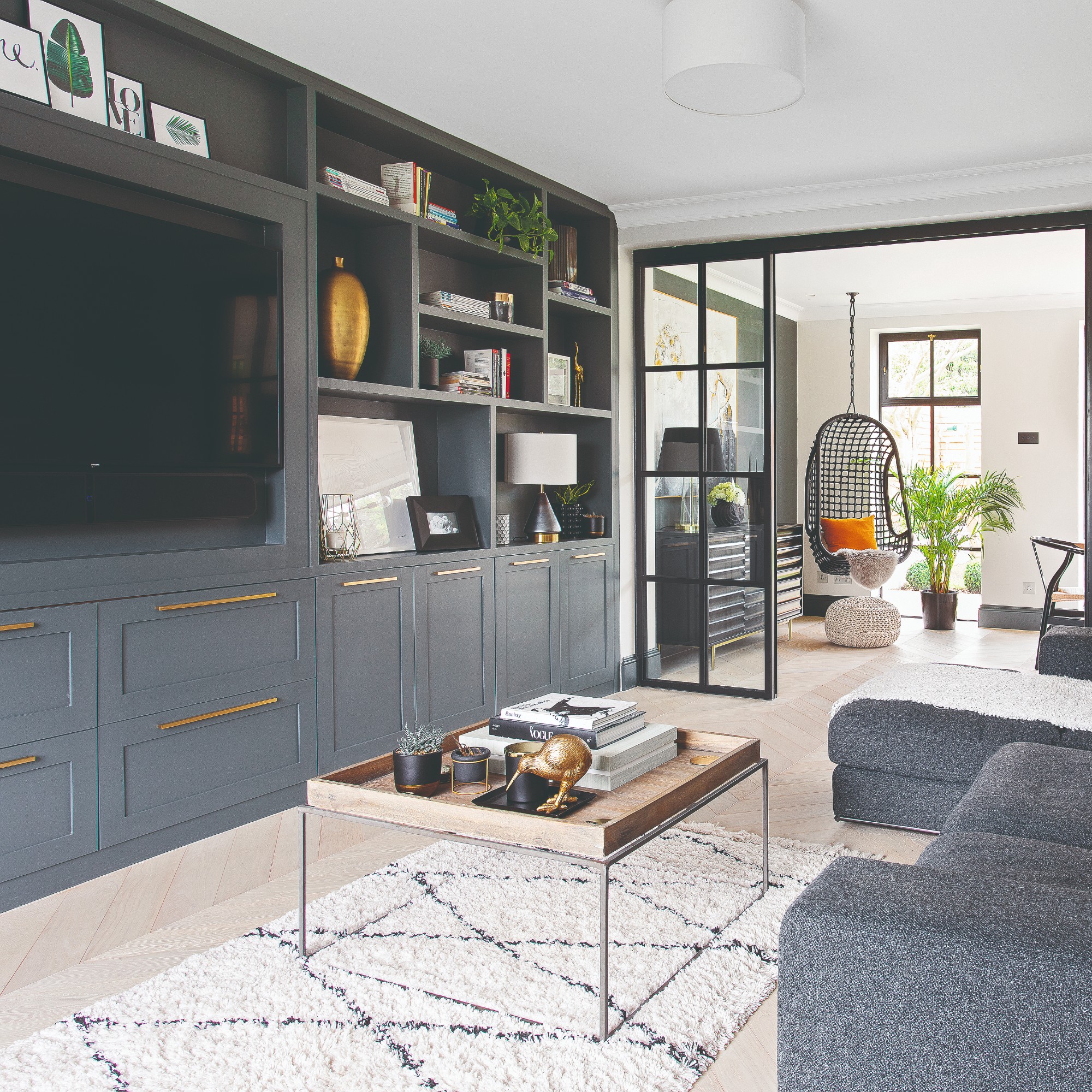
Leaving your TV on standby will significantly increase how much electricity the TV uses. So try to avoid doing that.
‘Leaving your telly on standby can cost you a whopping £60.27 a year! It may seem unnecessary, but the extra little bit of effort it takes to turn your TV off at the switch can save you a lot of money,’ Mitchell says.
‘For TVs, the continuous power trickle might be used to power features like clock displays, and sensor lights, and to keep components warm for faster restarts,’ he explains.
2. Game consoles
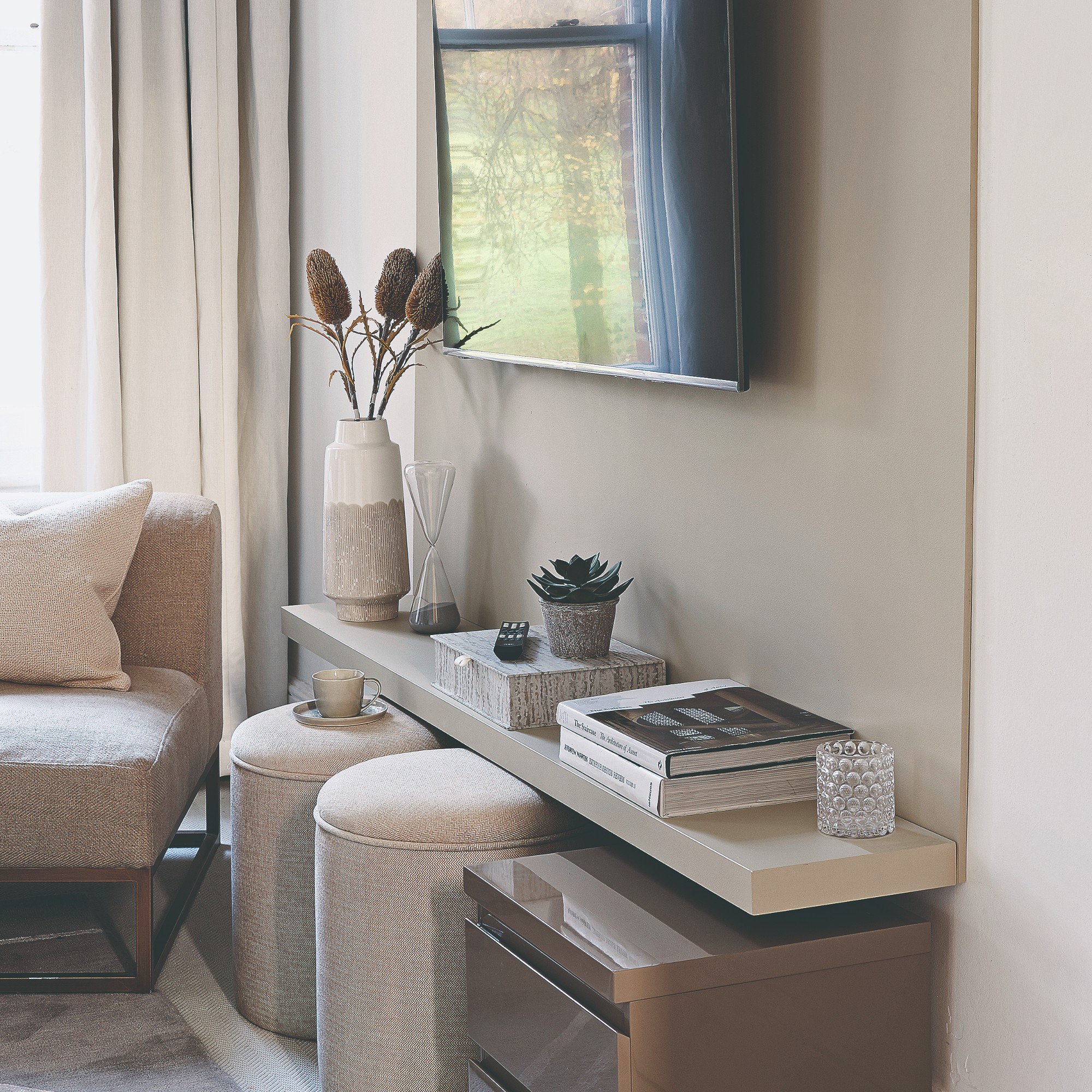
Not everyone owns one of these, but if you’re an avid gamer or live with children, it’s likely that you have one or even two game consoles at home, be it PlayStation or Xbox. And when it comes to leaving them on standby, they behave much like a TV does, using the constant energy source for similar functions.
That’s why Mitchell recommends ‘to flick them off at the switch, as leaving your console on standby could be costing you around £30.13 annually.’
Nick adds, ‘Similar to TVs, game consoles often consume substantial standby power to remain ready for updates or remote activation. Switch yours off at the wall when you’re not using it, and if you’re charging controllers, turn your console off as soon as they’re back up to full power.’
3. The microwave
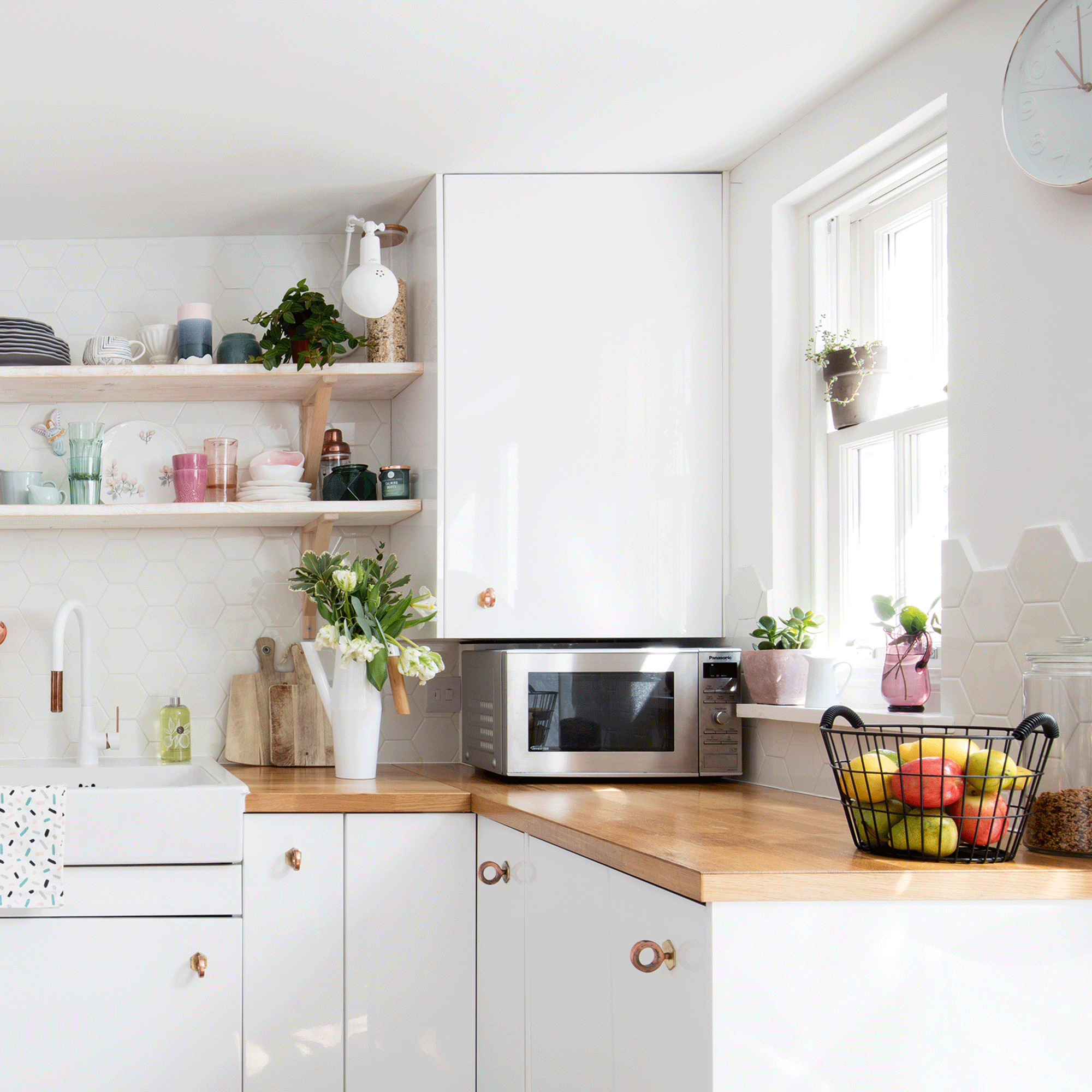
‘Microwaves have a small standby drain as they need to keep their digital clock running,’ Mitchell says.
And that goes even for the best microwaves. But in all fairness, microwaves are not as bad as some of the other appliances. ‘It might not be a huge amount, but microwaves can cost around £9.04 a year if they aren’t turned off properly. Every little bit helps, especially when bills are rising,’ Mitchell notes.
4. The coffee machine
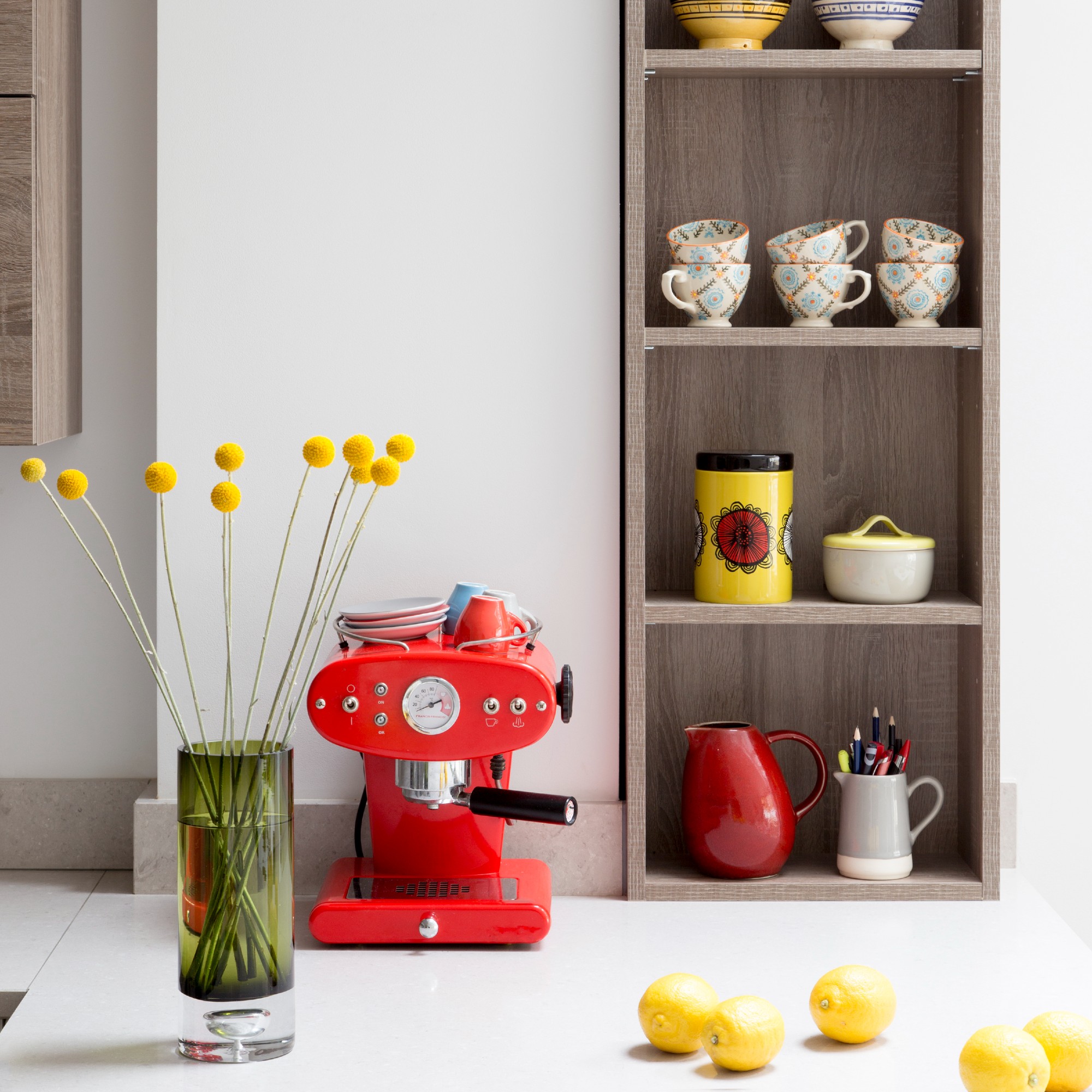
With cafe kitchens being one of the biggest trends of this year in a bid to transform one’s kitchen into their favourite cafe, the best coffee machines are not an uncommon sight in many households. But these too drain a significant amount of electricity when left on standby.
‘Although coffee makers are very convenient, they can be a real culprit for standby energy use. Leaving them plugged in with the clock or auto-shutoff features running can cost you around £15.05 a year,’ Mitchell says.
5. Smart speakers
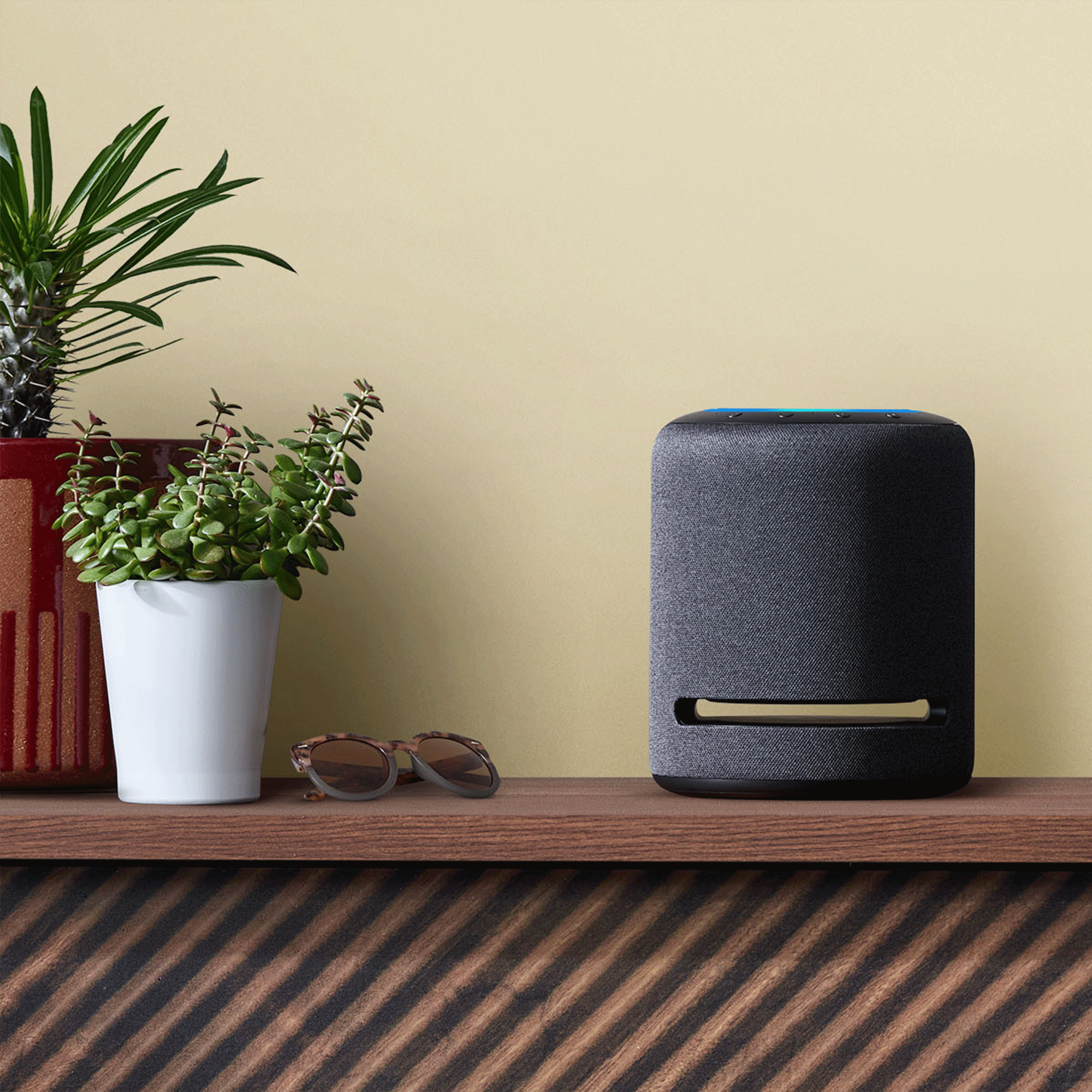
If you’ve got a little AI helper at home, whether that’s Alexa or Google, then you probably have a smart speaker like the Amazon Echo. But shockingly enough, these devices are responsible for high energy consumption.
‘Smart speakers use almost as much power in standby mode as they do when you’re using them. So, if you’re out the house, it’s always a good idea to turn yours off at the wall,’ Nick advises.
We understand that time is precious and you might not be able to unplug every appliance or switch off every plug every time you leave the house. So another solution is investing in a smart plug to save yourself money and energy that way.
‘A great way of keeping costs down is to use smart plugs. You can simply forget the nightly routine of going round the house to switch everything off – and instead turn everything off via a button on your smartphone. You’ll even notice a change to your electricity bills,’ Nick concludes.

Sara Hesikova has been a Content Editor at Ideal Home since June 2024, starting at the title as a News Writer in July 2023. She is now also the Ideal Home Certified Expert in Training on Furniture, and so far has tested over 150 different sofas.
Graduating from London College of Fashion with a bachelor’s degree in fashion journalism in 2016, she got her start in niche fashion and lifestyle magazines like Glass and Alvar as a writer and editor before making the leap into interiors, working with the likes of 91 Magazine and copywriting for luxury bed linen brand Yves Delorme among others.
